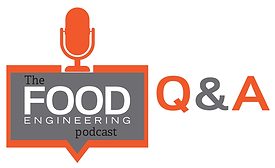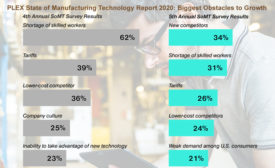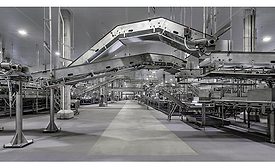Home » technology
Articles Tagged with ''technology''
Editor's Note
Food and beverage processors explore new ways of doing what they’ve always done
Read More
Podcast: AI and robotics in pet food processing
How pet food processors are adapting AI, robotics and automation strategy
January 8, 2021
Pandemic requires new employee training methods
Some new training methods are here to stay
January 7, 2021
Manufacturing News
Study reveals manufacturers face new competition as biggest growth obstacle in 2020
But when it comes to adopting new technologies, food and beverage manufacturers are out in front of other industrial categories
May 19, 2020
Fab Food Plants
How Prestage Foods of Iowa built a state-of-the-art pork processing plant
December 9, 2019
1898 & Co. to grow tech and management consulting talent
A new future-focused consultancy arm from Burns & McDonnell
October 22, 2019
Innovation
Virtual, augmented reality move from entertainment to maintenance
VR, AR can help decrease repair time by providing information on the spot
March 4, 2019
Editor's Note
Technology will continue to transform the food industry
Blockchain technology might be the next big thing in food
May 9, 2018
Industry 4.0’s impact on the food and beverage industry
Tetra Pak discusses why food and beverage manufacturers should be seriously looking at adopting new technology in their plants.
April 27, 2018
Elevate your expertise in food engineering with unparalleled insights and connections.
Get the latest industry updates tailored your way.
JOIN TODAY!Copyright ©2025. All Rights Reserved BNP Media.
Design, CMS, Hosting & Web Development :: ePublishing













